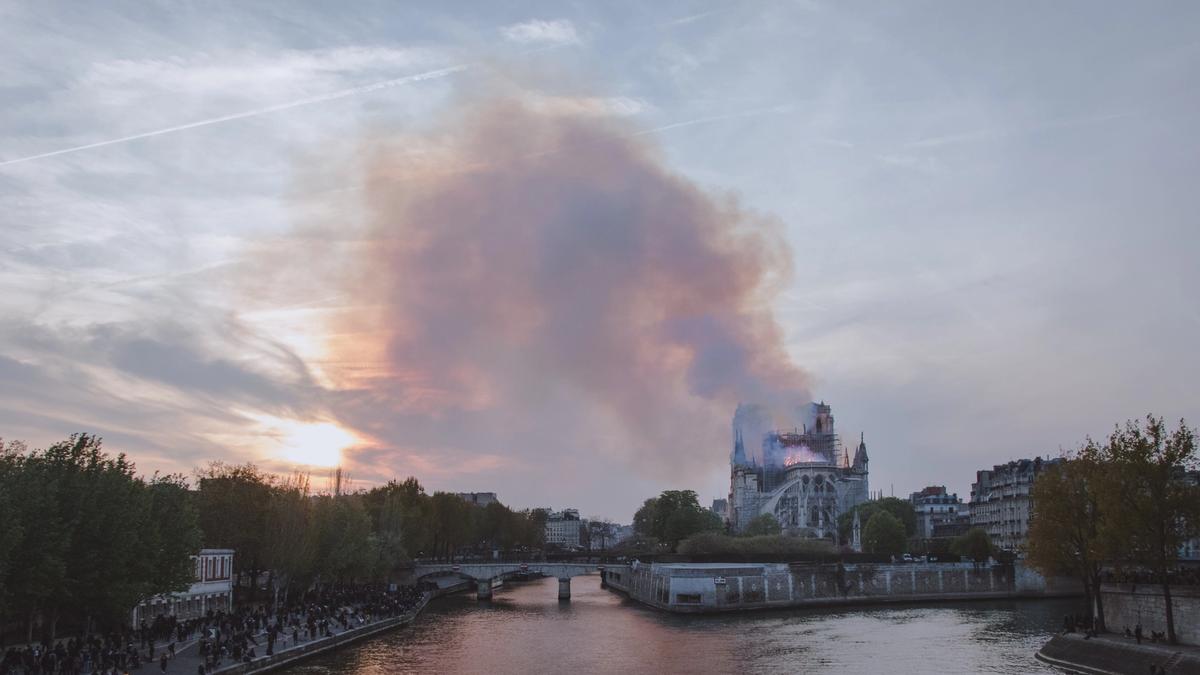A French environmental association has filed a complaint at the Paris state prosecutor for “endangering the lives of others” regarding the presence of lead detected near Notre-Dame cathedral following the fire in April.
The complaint has been brought by the NGO, Robin des Bois (Robin Hood), against X—a particularity of French law when several parties are involved—that refers to France's culture ministry which owns Notre Dame, the diocese of France, the Regional Health Agency (RHA) of Ile-de-France (which includes Paris), the City Hall and the mayors of the fourth, fifth, sixth and seventh arrondissements (in the proximity of Notre Dame).
“We have filed a complaint [over the] non-assistance of people in danger,” says Jacky Bonnemains, the president of Robin des Bois. “We estimate that, since the start, there has been a shortcoming of information diffused to the public and that [people] have been victims of false information and toxicity.”
Bonnemains says that local inhabitants, tourists, teachers, parents, students, street sweepers, outdoor booksellers, waiters, construction workers on Notre-Dame's scaffolding and stone carvers could be at risk of being exposed to the toxic levels of lead. “We found that the day after the catastrophe, the cathedral's spire contained 250 tons of lead and the framework contained 210 tons of it. Leaves of lead fell and transformed into dust."
The complaint was filed after the RHA of Ile-de-France made its findings about the detection of lead public on 18 July. Consequently, the RHA has fixed a threshold for the concentration of lead and has limited the disaster to a small area of the capital. Bonnemains claims that results of the analysis, which he says were carried out between the end of April and mid-June, should have been released earlier.
“The population could have taken precautions to protect themselves against the presence of lead, if they had been informed earlier,” he says. “Our aim is to establish responsibility about the delay of releasing information, understand why this happened and encourage authorities to react in real-time about the effects of fires on cathedrals and other sites in the future. Estimating the contamination of lead will last several months and, when schools reopen in September, any schools deemed to be at risk should be closed.”
Bonnemains has criticised how authorities have focused on rebuilding Notre-Dame rather than this environmental issue. "The priority has been on reconstructing the cathedral very quickly, by 2024 [in time for the Olympic Games], but the period required for making the cathedral sanitary has been completely overlooked."
Robin des Bois released an alert about the risk presented by the level of lead in the spire's gables and the roof on 19 April, four days after the fire, and sent follow-up letters on 23 April to several ministries and the RHA of Ile-de-France. A few days later, a statement co-signed by the RHA, the prefect police station and the prefecture of Ile-de-France confirmed the pollution of lead. In June, Airparif, which measures air quality in Ile-de-France, was asked by the environment ministry to measure the level of lead and reported “unusual” levels from a meteorological station 40 km above the cathedral, according to Le Monde.


